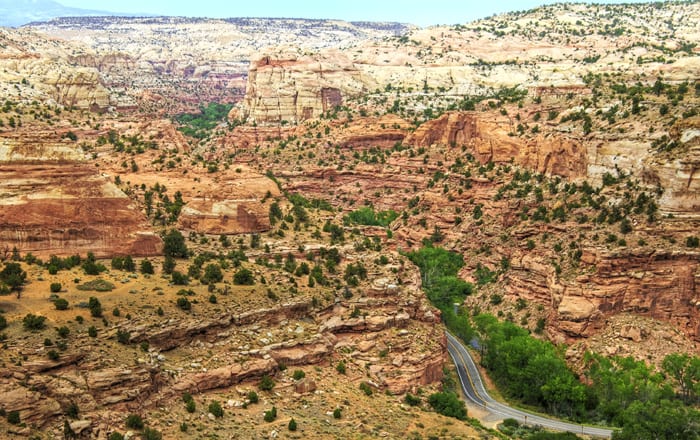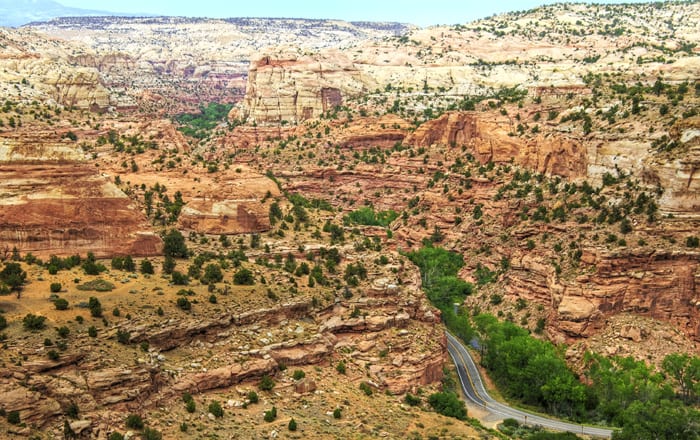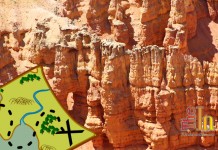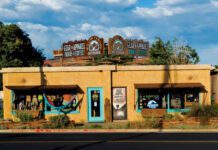 |
| Image: Wolfgang Staudt |
Written by Don Gilman
Utah is a land of great beauty, and this beauty comes in a diverse palette of colors, forms and landscapes. With five national parks, seven national monuments, one national historic site and six national forests, Utah is truly a state dominated by federal lands. Visitors come from all over the United States and the world to visit the deserts, mountains and forests of this great state, yet few see or understand the simmering cauldron of emotions that boils just beneath the surface here. President Obama’s recent designation of three new national monuments has done little to settle the clamor.
The subject of federally-owned lands stirs the passions of Utahns more than almost any other issue. When President Clinton declared Grand Staircase – Escalante National Monument in 1996, he initiated a new contentious era in the use of the Antiquities Act and created a debate that has continued for nearly twenty years. Clinton actually created more national monuments than just Grand Staircase – Escalante. By the time he left office in 2000, he had created more monuments than any other president.
The Antiquities Act was first established by the United States Congress and signed into law by President Theodore Roosevelt in 1906. Since its inception, every president except Nixon, Reagan and George H.W. Bush have used the Act to create protected areas.
President Obama recently designated three new national monuments under the Antiquities Act: Berryessa Snow Mountain in California, Waco Mammoth in Texas, and the largest, Basin and Range in Nevada. According to the White House press release, Obama has now set aside or expanded areas totalling over 260 million acres—more than any other president. That does not sit well with some in Utah. According to Utah Congressman Chris Stewart, the designation of National Monuments restricts and eradicates local residents’ options for making a living, while ignoring their concerns.
“We cannot ignore the impact of the local community. Families can’t stay there. They are having to leave,” Stewart told The Independent. “Let’s just get the support and the input of those who are most affected, rather than some guy in Washington.”
On the other side of the debate is David Garbett, staff attorney for the Southern Utah Wilderness Alliance, a nonprofit environmental group. Garbett fully supports the presidential use of the Antiquities Act to protect federal lands.
“I think it’s great,” Garbett said. “Throughout history, presidents have used the Antiquities Act to protect national treasures. All the national parks in Utah were designated with the president’s authority under the Antiquities Act. Grand Canyon National Monument [the park’s designation in 1908] had people saying the president abused his power. But without fail, people have come to realize those decisions were in the best interest of all Americans and all generations.”
In the weeks leading up to Obama’s most recent use of the Act, legislators in Utah and Nevada drafted an amendment to a spending bill that sought to limit the president’s ability to create protected areas in 17 counties in the Western United States, including three in Utah: Garfield, Kane and Wayne counties. The bill was introduced by Rep. Cresent Hardy (R-Nev.)
According to an official statement on Hardy’s website:
“Nevada’s rural county economies are particularly sensitive, and any decisions that restrict ranching, recreation or other types of land use activities should have as much local input as possible. In Nevada, where roughly 85 percent of the land is controlled by the federal government, this is an important step that will give much-needed protection in our state and other Western states that face similar challenges.”
The amendment, despite its passage by the House, has become bogged down by issues tied to the Confederate flag controversy.
“[The amendment] got tied up in controversy over the confederate flag,” Stewart said. “So many good provisions they have been working on for over a year. All of these good provisions are gummed up as we find a way past this controversy over the confederate flag. We are going to keep pushing.”
Tom Butine, board president of Citizens for Dixie’s Future, a grassroots environmental group based out of St. George, feels that the amendment is a poorly conceived idea. Butine says that these designations are important in that they protect sensitive areas that might otherwise be destroyed.
“We don’t think much of [the amendment],” Butine said. “We would be against such a restriction. The Antiquities Act serves a very good purpose.”
Butine also told The Independent that he feels the argument that the federal government has ignored the voices of local people is not a valid one.
“I think there is a generalization that is not really true,” he said. “There is ample time for state and local input. It is generally known ahead of time that designation is under consideration.”
Congressman Stewart, however, does not feel President Obama has been forthcoming about his intentions.
“It makes me fearful and skeptical,” Stewart said. “Many of us don’t trust this president. He has given us reason not to trust him.”
In June of 2015, Garfield County declared an unusual state of emergency, citing plummeting student enrollment as the cause. According to an article in the Deseret News, Marty Carpenter, spokesman for Governor Gary Herbert, stated that federal regulations were cause behind the declining student numbers.
Not everyone sees the decline in students as evidence. Garbett says that overall, the economic health of Garfield County is growing, despite the nearby national monuments.
“Income has grown by 30 percent since 2000 compared to the latest figures maintained by the Census Bureau,” Garbett said. “The overall population of Garfield County has actually grown. Their economy is doing better now than before the creation of Grand Staircase National Monument. What we are seeing is just a demographic shift. … They have to run to their favorite bogeyman, which is to blame public lands for everything.”
Despite Congressman Stewart’s resistance to use of the Antiquities Act, he says that preservation of lands in Utah is important to him and that he shares the sentiments of those who support the Act, if not the Act itself.
“I agree with them; we want to protect [lands in Utah] too,” Stewart said. “But let’s do it in a way that the people in the state have some say. Give us some input. Don’t rip the economic rug out from underneath us. … Those of us who live in Utah live there because we love it. I love to ski and rock climb. I love Zion. Those of us who live in Utah love it and want to protect it, but we cannot ignore the impact of the local community.”
Butine, however, disagrees with that assessment.
“The government mandate is to put the land to the most benefit for use for all people,” he said. “It is for everybody in the [United States]. I think the will of all citizens of the U.S. should take precedent over the lands they own. I think most of the people of Utah would want these lands preserved. This is public land, not land for the people who happened to have settled or moved near it.”
The Antiquities Act, for the foreseeable future, will remain the law of the land. Many experts are speculating that national monuments will most likely be designated, and as long as that occurs, the debate will continue.
Subscribe for FREE to get our weekly Sunday Edition email, just signup in the NEWSLETTER box on the right –>




